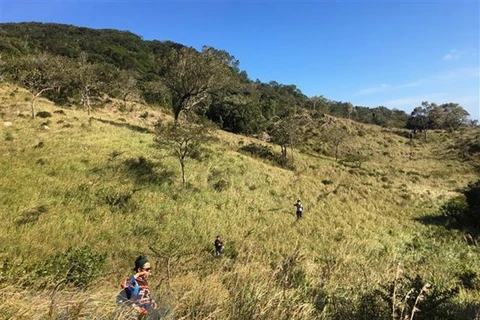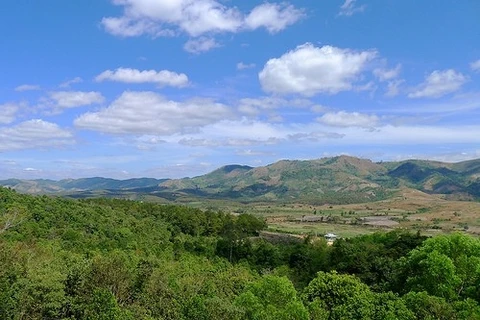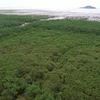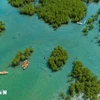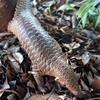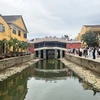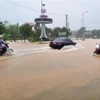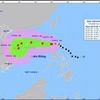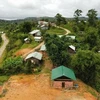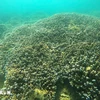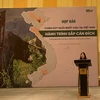HCM City (VNS/VNA) - The number of species of wild birds, fish, and plants in the Mekong Delta has fallen rapidly in recent years because of a decline in food resources and natural habitats.
In Tram Chim National Park in Dong Thap province, 13 bird species are in danger of extinction and need protection, according to park authorities.
The species include red-headed cranes, white- winged ducks, yellow-breasted buntings, common kestrels, eastern grass owls, eastern marsh-harriers, spot billed pelicans and painted storks.
The number of red-headed cranes returning to the park fell from more than 1,000 in 1988 to nine in 2019, and none this year. This was partly due to a decline in areas of grass which provide food for the bird, which are the symbol of the park.
The park, which covers an area of more than 7,300ha and contains mostly cajuput trees, is a Ramsar wetlands site of international importance.
The park has about 800ha of lua ma, which can be translated as ‘ghost rice’ (Oryza rufipogon) for its ability to survive flooding. The rice variety has genes which scientists use to create new rice varieties as the rice can grow in alum-affected soil and is highly resistant to diseases transmitted by brown planthoppers and white-backed planthoppers, and can grow in deep floodwater.
In the past, lua ma grew wildly in the delta’s flooded areas during the flooding season, but the rice variety now exists in only a few places in the delta, including in the park.
In An Giang and Dong Thap, the number of basa catfish fish in the wild has become scarce because of the low level of floods caused by the rising level of the Mekong River in the rainy season.
In Cà Mau province, which is the country's largest shrimp producer, the number of wild birds has declined significantly in recent years because of hunters and fewer rice fields.
Overhunting has also led to the decline in wild birds, according to experts.
To preserve endangered fauna and flora species, local authorities in the delta have focused on preserving wetland areas and forests to provide natural habitats for birds, fish and plants.
In Ca Mau, authorities are implementing a plan to develop the Ca Mau City bird garden located in the Ho Chi Minh President monument area in the 2018-20 period.
They have planted more trees to provide a better habitat for birds, upgraded water ditches in the garden to supply clean water for birds, and solved pollution caused by bird waste.
The 3.1ha garden has about 53 species and 6,600 birds. The number of wild birds at the garden can reach more than 12,000 in the peak reproductive season in June and December.
In Dong Thap, local authorities are preserving three wetland areas – Tram Chim National Park, the 279ha Go Thap Relic Area in Thap Muoi district, and the 63ha Xeo Quyt Relic Area in Cao Lanh district.
Every year, the three wetland areas, in cooperation with the province's Forest Protection Sub- department, devise plans to protect their biodiversity.
Since 2016, the sub-department, in cooperation with the people’s committees of communes where there are wetland areas and forests, has organised 40 courses for 2,000 residents about legal regulations that protect forests, biodiversity and wild animals.
It has also given local people 1,650 booklets and 19,000 leaflets about protection of wild animals in the forests.
The Tram Chim National Park is taking steps to preserve the wetland ecosystem and the genes of flora and fauna species, especially endangered birds like the red-headed crane and white-winged duck.
The park has more than 130 flora species, 129 freshwater fish species, 198 water birds, and 29 amphibian species./.

